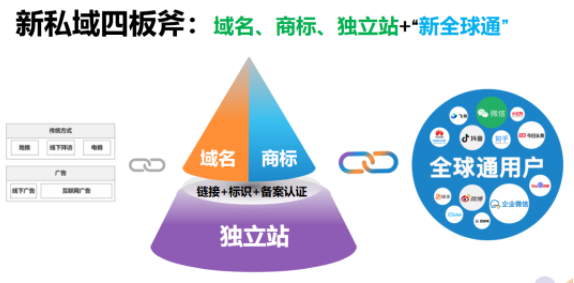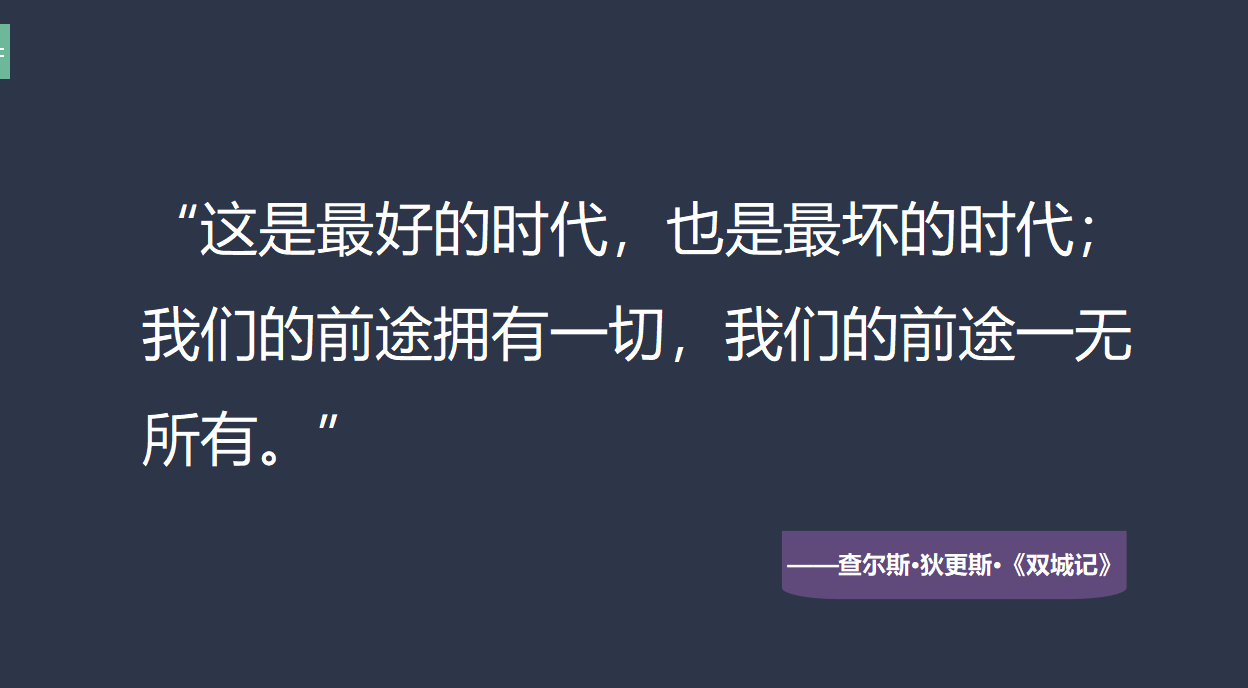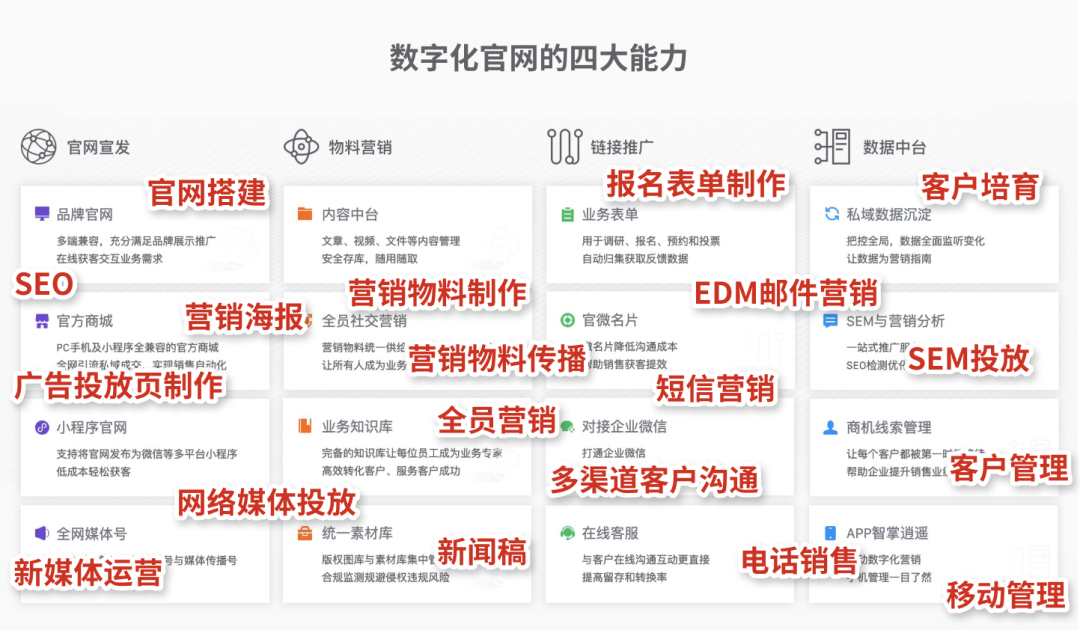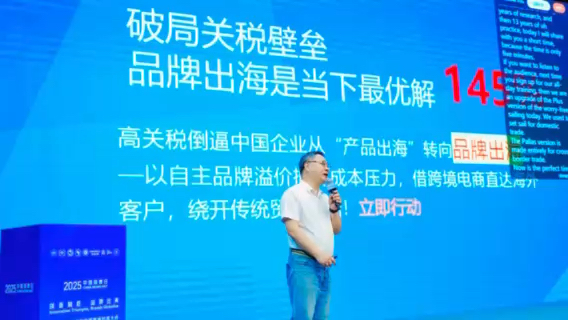MongoDB 简介 - 记录和值
开始设置
请阅读本系列的第一个指南,以获取有关设置 MongoDB 的更多信息 -安装、Shell 和数据库管理。
批量插入
是的,你没看错。与 MySQL 一样,你也可以在一个时间点插入多条记录。同样的insert()函数不仅接受对象,还接受数组作为输入。这次,我们将偷懒,为接下来的两条记录创建一些简单的东西。
db.students.insert([
{
name: "Purushothaman",
degree: "Management",
email: "purush@example.com"
},
{
name: "Meaow Meaow",
degree: "Cat Study",
email: "meaow@example.com",
phone: ["9850420420"]
}
]);
您可以看到,上述记录都是不同的。这让我们看到了文档数据库的最大优势。您不需要为记录设置固定的架构,并且每条记录都可以是任何有效的 JavaScript 表达式。
“动态”更改模式是使用 NoSQL 的最大优势。
现在,让我们尝试在数据库上执行上述插入查询。
> db.students.insert(
... [
... {
... "name": "Purushothaman",
... "degree": "Management",
... "email": "purush@example.com"
... },
... {
... "name": "Meaow Meaow",
... "degree": "Cat Study",
... "email": "meaow@example.com",
... "phone": ["9850420420"]
... },
... ]
... );
BulkWriteResult({
"writeErrors" : [ ],
"writeConcernErrors" : [ ],
"nInserted" : 2,
"nUpserted" : 0,
"nMatched" : 0,
"nModified" : 0,
"nRemoved" : 0,
"upserted" : [ ]
})
>
您将获得BulkWriteResult函数的输出,其中没有显示任何错误,并且插入的记录数为“2”。让我们使用find()方法快速检查表内容。
> db.students.find();
{ "_id" : ObjectId("592ebe7e8e61243307417cc4"), "name" : "Praveen Kumar", "degree" : "Cloud Computing", "email" : "praveen@example.com", "subjects" : [ { "name" : "Internet Networks", "prof" : "Prof. Awesome Blossom" }, { "name" : "Cloud Computing", "prof" : "Prof. Tech Ninja" }, { "name" : "Web Development", "prof" : "Prof. Chunky Monkey" } ], "phone" : [ "9840035007", "9967728336", "7772844242" ] }
{ "_id" : ObjectId("592ed5818e61243307417cc5"), "name" : "Purushothaman", "degree" : "Management", "email" : "purush@example.com" }
{ "_id" : ObjectId("592ed5818e61243307417cc6"), "name" : "Meaow Meaow", "degree" : "Cat Study", "email" : "meaow@example.com", "phone" : [ "9850420420" ] }
>
我们得到了三条记录,每条记录都有不同的架构,这很棒!由于字段太多,让我们将其改为pretty():
> db.students.find().pretty();
{
"_id" : ObjectId("592ebe7e8e61243307417cc4"),
"name" : "Praveen Kumar",
"degree" : "Cloud Computing",
"email" : "praveen@example.com",
"subjects" : [
{
"name" : "Internet Networks",
"prof" : "Prof. Awesome Blossom"
},
{
"name" : "Cloud Computing",
"prof" : "Prof. Tech Ninja"
},
{
"name" : "Web Development",
"prof" : "Prof. Chunky Monkey"
}
],
"phone" : [
"9840035007",
"9967728336",
"7772844242"
]
}
{
"_id" : ObjectId("592ed5818e61243307417cc5"),
"name" : "Purushothaman",
"degree" : "Management",
"email" : "purush@example.com"
}
{
"_id" : ObjectId("592ed5818e61243307417cc6"),
"name" : "Meaow Meaow",
"degree" : "Cat Study",
"email" : "meaow@example.com",
"phone" : [
"9850420420"
]
}
>
啊!就这样!
查询记录
为了查询或过滤字段,我们需要将它们作为参数对象传递给 find ()函数。举个例子,让我们看看我是否能用Meaow Meaow获取记录:
> db.students.find({"name" : "Meaow Meaow"});
{ "_id" : ObjectId("592ed5818e61243307417cc6"), "name" : "Meaow Meaow", "degree" : "Cat Study", "email" : "meaow@example.com", "phone" : [ "9850420420" ] }
>
和往常一样,我们的pretty()会返回:
> db.students.find({"name" : "Meaow Meaow"}).pretty();
{
"_id" : ObjectId("592ed5818e61243307417cc6"),
"name" : "Meaow Meaow",
"degree" : "Cat Study",
"email" : "meaow@example.com",
"phone" : [
"9850420420"
]
}
>
这也适用于数组中的项。find()方法在此处对值进行精确匹配。以下是另一个在数组中匹配数字的示例:
> db.students.find({"phone": "9840035007"}).pretty();
{
"_id" : ObjectId("592ebe7e8e61243307417cc4"),
"name" : "Praveen Kumar",
"degree" : "Cloud Computing",
"email" : "praveen@example.com",
"subjects" : [
{
"name" : "Internet Networks",
"prof" : "Prof. Awesome Blossom"
},
{
"name" : "Cloud Computing",
"prof" : "Prof. Tech Ninja"
},
{
"name" : "Web Development",
"prof" : "Prof. Chunky Monkey"
}
],
"phone" : [
"9840035007",
"9967728336",
"7772844242"
]
}
>
尽管9840035007只是现有的三个数字之一,上述命令仍能正确识别我的记录并显示它。
更新记录
这里我们使用的方法是db.collection.update()。它接受两个参数,第一个参数是记录中存在的匹配项的键值对对象。下一个参数是第一个参数应该替换的内容。
因此让我们尝试这样的事情:
db.students.update(
{ name: "Praveen Kumar" },
{
name: "Praveen Kumar",
degree: "Cloud Computing MSc",
email: "praveen@example.net",
subjects: [
{
name: "Internet Networks",
prof: "Prof. Awesome Blossom"
},
{
name: "Cloud Computing",
prof: "Prof. Tech Ninja"
},
{
name: "Web Development",
prof: "Prof. Chunky Monkey"
}
],
phone: ["9840035007", "9967728336", "7772844242"]
}
);
注意 1:如果使用更新函数,则需要提供完整对象,因为它会用第二个参数替换整个记录。如果我们没有设置其他值,它将只有一条记录,其中只有两个项目:电子邮件和学位。
注意 2:尽可能不要像我刚才那样按名称查找。可能有许多记录与同一参数匹配,因此请使用诸如_id之类的唯一名称。
尝试上述方法,我们得到:
> db.students.update({"name": "Praveen Kumar"}, {
... "name": "Praveen Kumar",
... "degree": "Cloud Computing MSc",
... "email": "praveen@example.net",
... "subjects": [
... {
... "name": "Internet Networks",
... "prof": "Prof. Awesome Blossom"
... },
... {
... "name": "Cloud Computing",
... "prof": "Prof. Tech Ninja"
... },
... {
... "name": "Web Development",
... "prof": "Prof. Chunky Monkey"
... }
... ],
... "phone": ["9840035007", "9967728336", "7772844242"]
... });
WriteResult({ "nMatched" : 1, "nUpserted" : 0, "nModified" : 1 })
>
瞧!让我们看看结果:
{
"nMatched": 1,
"nUpserted": 0,
"nModified": 1
}
它匹配了一条记录并对其进行了修改。没有更新记录(我们稍后会介绍)。这意味着它有可能匹配,但不会更新。让我们再次运行相同的命令,看看会发生什么。
哦天哪!输出结果是一样的。也许我太热情了。
要查看发生了什么变化,我们可以尝试运行find()函数以及 pretty ()函数。
> db.students.find({"phone": "9840035007"}).pretty();
{
"_id" : ObjectId("592ebe7e8e61243307417cc4"),
"name" : "Praveen Kumar",
"degree" : "Cloud Computing MSc",
"email" : "praveen@example.net",
"subjects" : [
{
"name" : "Internet Networks",
"prof" : "Prof. Awesome Blossom"
},
{
"name" : "Cloud Computing",
"prof" : "Prof. Tech Ninja"
},
{
"name" : "Web Development",
"prof" : "Prof. Chunky Monkey"
}
],
"phone" : [
"9840035007",
"9967728336",
"7772844242"
]
}
>
使用 $set
为了更改一个值而重新添加整个记录是一件很麻烦的事情。好消息是,有一种方法可以解决这个问题:使用$set运算符。假设我们需要将我的电子邮件地址更改为<font style="vertical-align: inherit;
免责声明:本内容来源于第三方作者授权、网友推荐或互联网整理,旨在为广大用户提供学习与参考之用。所有文本和图片版权归原创网站或作者本人所有,其观点并不代表本站立场。如有任何版权侵犯或转载不当之情况,请与我们取得联系,我们将尽快进行相关处理与修改。感谢您的理解与支持!



































请先 登录后发表评论 ~